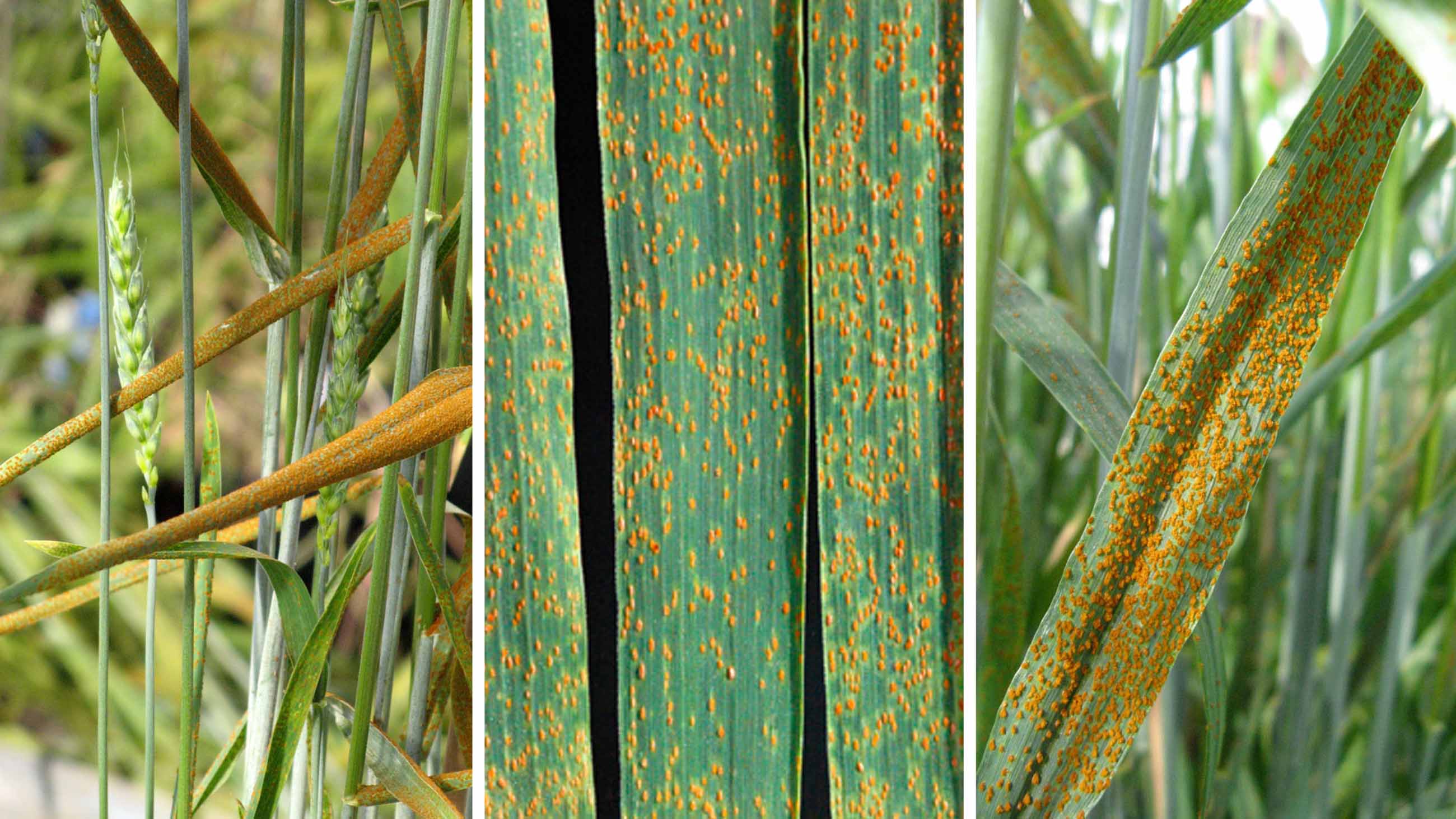Living With an Agricultural Enemy
In recent years, rust diseases have begun to appear more frequently in Germany. It is mostly stripe rust (or yellow rust), but in 2013, for the first time in decades, stem rust broke out in Germany, and farmers, breeders, and scientists were worried that Ug99 had finally arrived in Europe.
The video above is the final part in a six-part series examining the scourge of Ug99, a type of fungus that causes disease in wheat crops — one that scientists worry could threaten global food supplies. Visit our series archive for all published episodes.
It turned out a few months later that the outbreak had not been triggered by Ug99, but another, equally new stem rust race. But it is too early to say that the blight has been avoided: Tests conducted by the Julius Kuehn Institute, Germany’s federal research center for cultivated plants in Berlin, showed that even without Ug99, four out of five wheat varieties in Germany are susceptible to local stem rusts.
Fungicides have only limited effect, agricultural researchers say, so in the long run, only the breeding of wheat varieties that adapt to the local environment and are resistant against new fungi can provide protection. That’s as true for Africa as it is for Europe, they say — and for farmers the world over.
Check out all six parts of our Food Fight series.
Kerstin Hoppenhaus and Sibylle Grunze are the founders of Hoppenhaus & Grunze Media, a Berlin-based film production studio specializing in documentary coverage of science.











Comments are automatically closed one year after article publication. Archived comments are below.
Crikey
Here’s an idea to all the so-called scientific geniuses out there in biology, stop treating the symptoms of these threats and start tracing them back to the source. I’ll bet many of our Ag issues are caused by overeliance on antibiotics, over application of fertilizer, GMOs, pollution, overcrowding, development and lack of concern for biodiversity needs. Human farmers and industry leaders rarely have concern or genuine integrity. It’s all about quantity, not quality. First, there are far too many humans on this planet. Second, the quality of this human population has never been lower, intelligence-wise. Nobody cares about anything but themselves anymore. So, as these vermin Ag producers create more garbage food and get richer, they abuse their power to take advantage of more dumb consumers and greatly diminish the toughness of the system. Eventually, it will crash. I can’t wait. We need famine and bankruptcy and population reduction. Got to hit bottom first before this race of vermin smartens up. It’s inevitable, humanity will destroy itself.